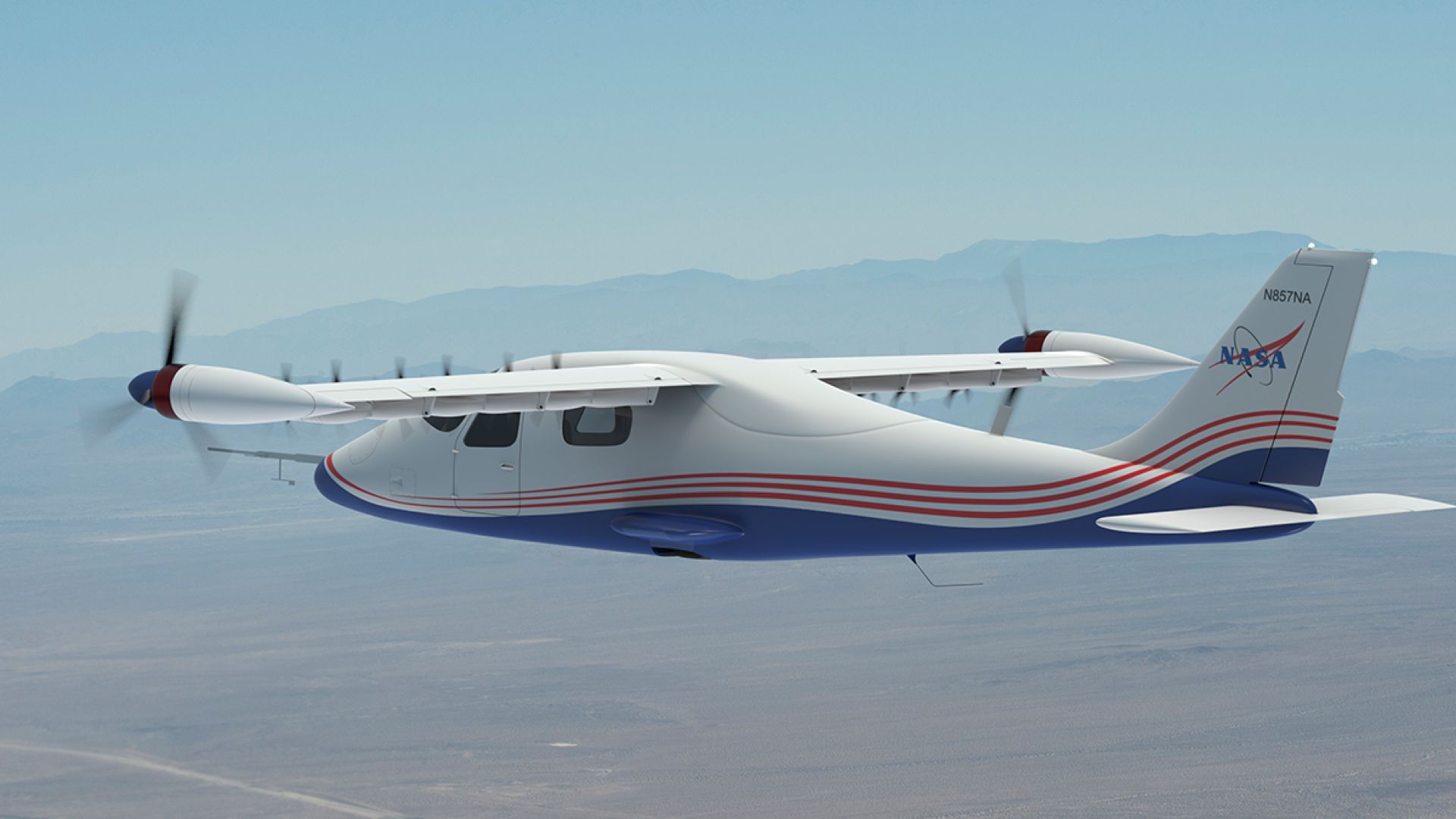NASA's experimental X-57 Maxwell all-electric plane is years in the making, but thanks to some recent milestones and thermal testing, it could be getting ready for its first flight as a complete package.
The fully electric plane has been under development since 2016, and the space agency has slowly tested everything from the electric motors, battery systems, and now the cruise motors. Yes, the cruise motors differ from the main propellers, as this experimental craft has several different electric systems that propel it forward and off the ground.
The NASA X-57 Maxwell isn't your typical aircraft. This plane has 12 small electric motors that help with liftoff and two bigger and more powerful cruise motors. From what we understand, it'll use all fourteen systems to take off and reach cruising speeds and altitudes. Then, the 12 smaller models deactivate, shut down, and fold away for improved aerodynamics.
At that point, the X-57 Maxwell will use the two larger cruise motors. This combination could help reduce weight, improve range and efficiency, and deliver a quieter flight.
This week NASA confirmed that those two cruise motor controllers passed crucial thermal testing, yet another milestone for the craft. According to a blog post, "the controllers use silicon carbide transistors to deliver 98% efficiency during high power take-off and cruise, meaning they do not generate excessive heat and can be cooled off by air flowing through the motor."
Now that the controllers have safely handled some of the most extreme temperature conditions expected during a flight, NASA is one step closer to assembling the entire plane for its maiden voyage. That said, there's a lot of competition in this space.
Unfortunately, there's no specific target date for its first flight, at least not yet, but the craft is ready for its Flight Readiness Review from NASA. Eventually, the X-57 Maxwell will take to the skies.
via DigitalTrends

